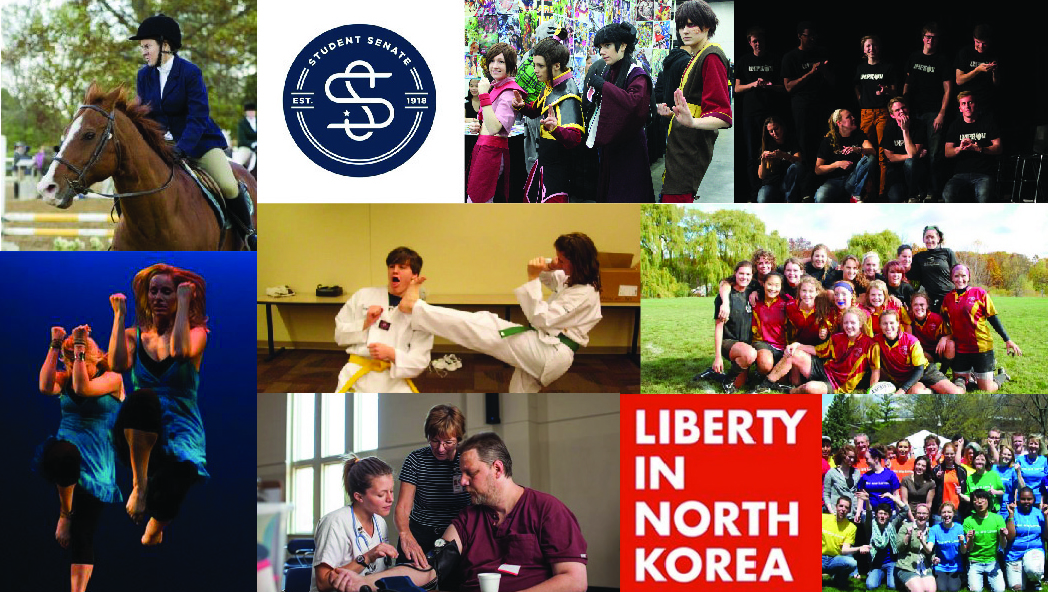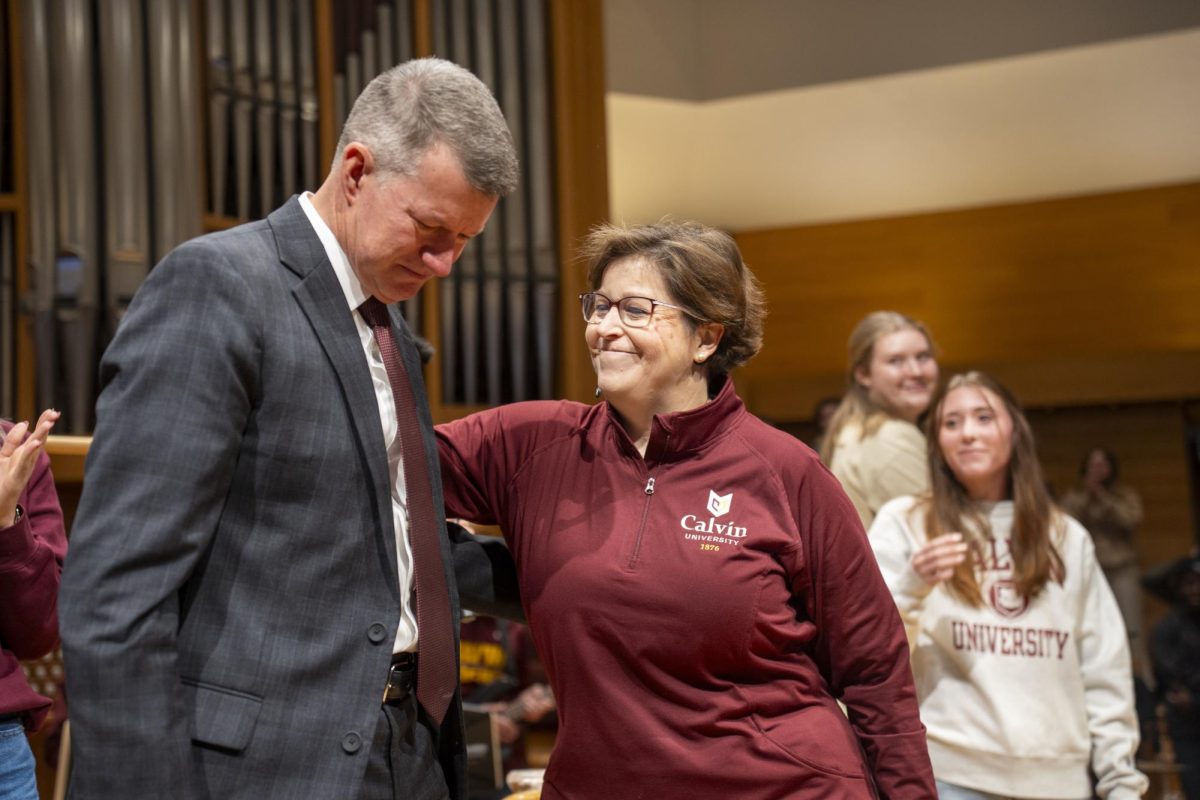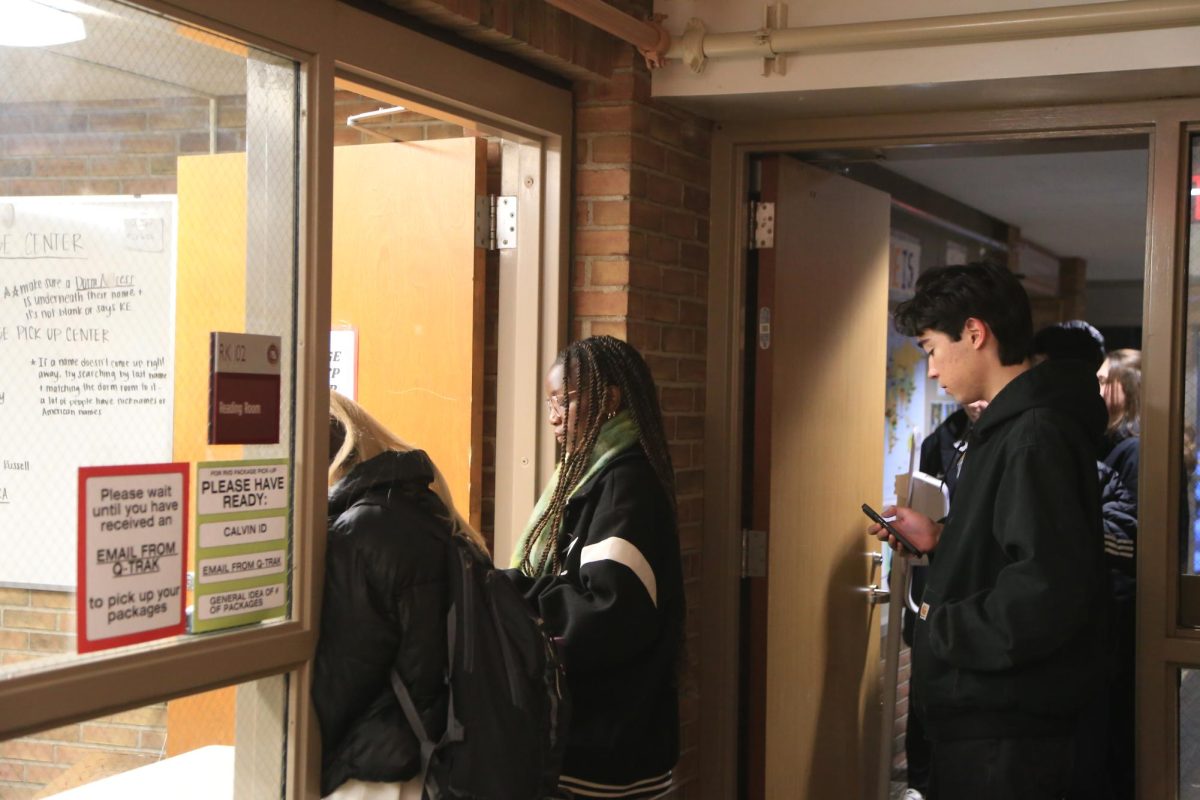Last week Thursday, Calvin’s Student Life Committee unanimously approved a proposal to cut the number of student organizations from 84 to 65.
The proposal introduced a new system, called a matrix, to determine which organizations would be cut.
Student orgs who meet certain benchmarks, such as event attendance and group participation, will receive more points, while orgs who receive fewer points risk not being re-chartered for the next year.
“The goal of this is to assess these orgs and cut some of them,” said Marie Prins, coordinator of campus involvement. “We looked for stricter qualifications for being a budgeted student org.”
Most orgs are sympathetic to the budget cuts, though many have strong reservations about the evaluation system.
“The cuts, while unfortunate for many smaller clubs, will be a good sort of ‘pruning’ process to help Calvin save money while promoting more active and popular groups,” said Aaron Doorn from the Ultimate Frisbee club.
“I think student orgs is right to try to reduce inefficient funds,” said Julia LaPlaca, vice president of the Art History Society. “I think our budget is too big for our little club and events.”
Most org leaders’ hesitation is related to how their orgs will be evaluated for re-chartering.
“The matrix is an evaluation system that was created well, but will be applied retroactively, something that would be illegal if it were a law,” said Isaac Zylstra, president of Chess Club:
“Clubs are going to be judged on things that they had no idea they were supposed to be doing at the beginning of the year.”
Students had previously suggested that department clubs be moved under the control of individual departments, but the Student Life Committee rejected this proposal.
Although the departments were not asked specifically, “Many on the committee felt that departments would be unprepared to serve student leaders in that way,” wrote JB Britton, associate dean of campus involvement and leadership, in an email to all student org leaders.
Other student org leaders felt that the matrix requirements do not accurately capture everything that student orgs do on campus.
“The numbers appear to be completely arbitrary,” said Jeffrey Peterson, a Dialogue editor, pointing out that an organization fulfilling one of its goals earns about the same amount of points as having a Twitter page.
“Having an active Twitter or Instagram account is worth three points, but then having 76-125 people at your event is also worth three points. Are those two accomplishments really equal?” asked Erin Smith, president of Gender Equality Network.
Peterson also took issue with the way the point system is quantified:
“Not only does the point system kill incentive for organizations to focus efforts on achieving basic purposes and demonstrating core principles,” he said, “it offers incentives in the form of cheap prizes for criteria less, or not at all, indicative of the importance or success of a student org.”
“When I think about my student org, a lot of things shouldn’t apply,” said Christian Becker, captain of Calvin improv. “For example, you get two points if you have 15 or more members of your group.”
“The only way improv can work is if you have a smaller size team,” he said. “I feel like they are trying to generalize student orgs when they are all set up in different ways.”
Some leaders fear that this metric favors large groups over smaller — but still active — organizations.
“In my mind, one of the best things about student organizations is that they allow space for community to be found in niche areas that wouldn’t otherwise be represented or supported,” Smith said.
“Those niche groups that have smaller members or reach — but create an important community for those involved — are probably going to be cut,” she continued. “It’s a shame.”
The 10 organizations who score just below the top 55 on the matrix will face a committee of fellow student org leaders on April 23, and leaders will vote to eliminate five of them, leaving space for new orgs to bring the total up to 65
This article has been corrected. Chimes print edition misstated that the total number of orgs after cuts would be 25. The correct number is 65.








